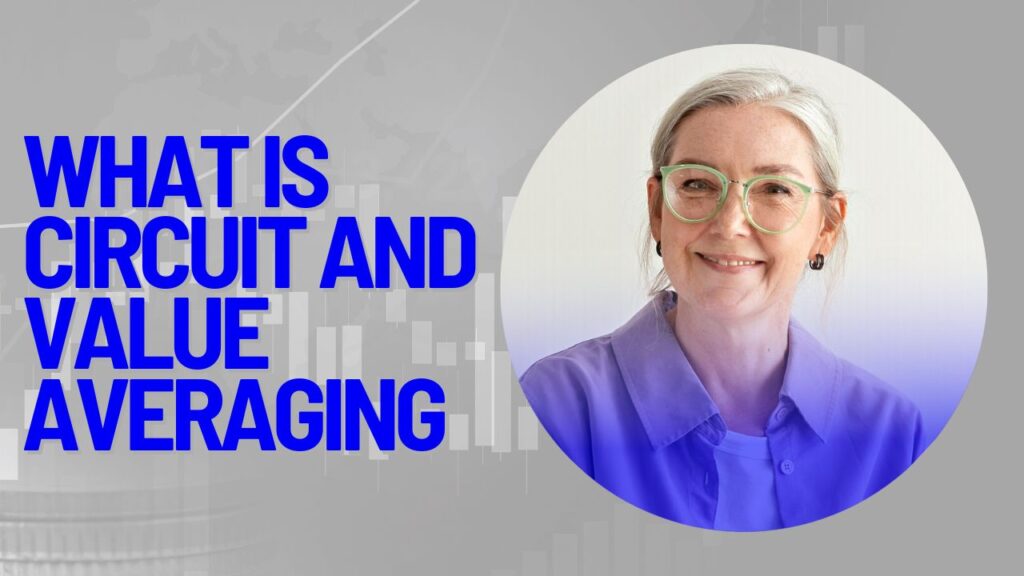What is circuit and value averaging?
What is circuit and value averaging? : Circuit is a system under which unbridled unilateral movements in any index or stock in a single trading session are prevented. For example, if a stock has a circuit of 5 per cent and yesterday that stock closed at Rs 100, then today it can be traded in the range of Rs 95-105 only.
How is the circuit determined ?
To decide the circuit, a stock’s price movement history, average daily turnover and fundamental strength of the stock are taken into account. The circuit has four levels – 2, 5, 10, 20 percent. Different stocks are assigned different circuits based on their history.
How does the circuit work?
There are two types of circuits – upper circuit and lower circuit. After upper circuit, a share can be sold but cannot be bought. Similarly, if a lower circuit is established, it can be bought, but not sold.
Is there a circuit on all shares?
Apart from the stocks involved in futures trading, all other stocks also face circuits due to unexpected rise or fall. Stocks traded in futures can rise or fall to any extent in a single day. Business does not stop in these.
What is the circuit rule in Sensex and Nifty?
In indexes, both types of circuits are implemented in 3 stages. 10 percent circuit is used in the first phase, 15 percent in the second phase and 20 percent in the third phase. Once a circuit occurs in any one index (Sensex or Nifty), trading in other indices also automatically stops. When a circuit occurs, trading in both the spot and futures markets stops simultaneously.
If the market falls by 10 percent before 1 o’clock, trading is closed for one hour. If this fall occurs on or after 1 pm but before 2.30 pm, trading is halted for half an hour and if a fall of 10 per cent occurs on or after 2.30 pm, then there is no halt on trading, That is, at 3.30. This continues till then.
If the market falls by 15 percent before 1 pm, trading is closed for 2 hours. If the fall occurs on or after 1 am but before 2 am, trading is halted for one hour and if a fall of 15 percent occurs on or after 2 am, trading is halted for the entire day.
If the market falls by 20 percent then trading is closed for the rest of the day. At such times, a statement is often issued by the Finance Ministry and the government immediately comes into action.
What is value averaging?
Value averaging is an investment strategy that works by rupee cost averaging the amount of money invested regularly every month. In value averaging, the investor sets a target growth rate or amount for his portfolio every month. The next month’s contributions are then adjusted according to the comparative gain or loss on the real property. The main goal of value averaging is to buy more shares when prices fall and accumulate fewer shares when prices rise. Exactly the same happens in rupee cost averaging.
Under this process, you buy shares at a time when their prices are at a lower level in order to reduce the expenses incurred at the time of purchasing shares to the minimum level. Value averaging helps in generating good returns over a period of several years. Systematic Investment Plan (SIP) is its strongest weapon. You can take advantage of value averaging of your monthly investments in equities and funds through SIP.
damage assessment
The biggest potential risk with value averaging is that as an investor’s asset base grows, it may have difficulty maintaining the ability to close the gap to the target. In such a situation, one option is to invest a part of the assets in a fixed income fund. Under this option you can put in and take out money from your equity holdings to reach the return target associated with each month. Through this, instead of allocating cash as fresh funding, it can be raised as part of fixed income and allocated in larger amounts to equity holdings as per the need.
It is almost impossible to predict the highest and lowest levels of the market. However, adopting different levels in terms of amounts may help investors.
Read more – What is share market and how it works
Most investors are familiar with the concept of Rupee Waste Averaging or Systematic Investment Plan (SIP) of mutual funds. Under this you invest a fixed amount at regular intervals. Value averaging is considered a more mature concept in investment circles. Here the investor is expected to adjust the amount according to the market direction (market up or down) to reach the decided value of the fund.
Next Article –New Investors in Stock Market : Problems and Solutions

